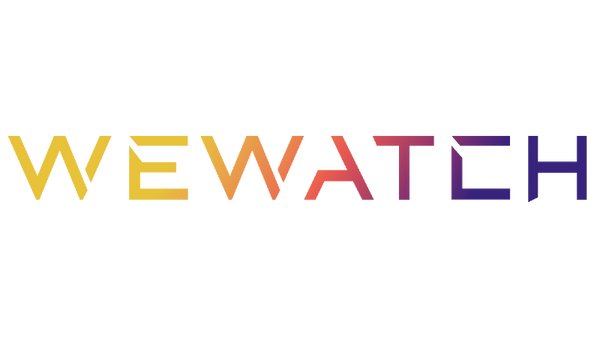Introduction
When setting up a projector, achieving the perfect image alignment is crucial for an optimal viewing experience. Keystone correction plays a pivotal role in this process, allowing users to adjust distorted images into perfectly squared ones. This article delves into the intricacies of keystone correction, its importance, and additional considerations to ensure your projector setup is flawless.
Understanding Keystone Correction
Keystone correction compensates for image distortion, typically when a projector is placed at an angle rather than directly in front of the screen. We explore both manual and digital keystone correction methods, their applications, and how they influence projector performance.
Digital vs. Manual Keystone Correction
Distinguishing between digital and manual keystone correction is vital for users. We discuss how each method works, their pros and cons, and scenarios where one might be preferred over the other.
Digital keystone correction adjusts the image through software, offering convenience but potentially reducing image quality slightly due to pixel manipulation. Manual correction, achieved by physically adjusting the projector, maintains image quality but may require more effort to set up correctly. Digital correction is best for quick, minor adjustments, while manual is preferred when preserving maximum image resolution is crucial. Each method's suitability varies depending on the user's needs and the specific setup scenario.
The Impact on Image Quality and Projector Performance
Keystone correction can affect image quality and projector performance. This section examines potential impacts and how users can minimize negative effects through proper setup and calibration.
Keystone correction's impact on image quality and projector performance is nuanced. Digital keystone correction, while convenient, can lead to a slight reduction in image resolution because it digitally manipulates the image to correct distortion, affecting the pixels' original alignment. This can be particularly noticeable in detailed images or when significant correction is applied. Conversely, manual keystone correction does not alter the image digitally, preserving the original resolution, but it might not be as precise or easy to achieve optimal alignment, especially in challenging setup environments.
To mitigate negative effects, proper projector setup and calibration are crucial. Positioning the projector as squarely as possible in front of the screen minimizes the need for keystone correction, preserving image quality. When digital correction is necessary, users should apply it sparingly, only adjusting enough to correct noticeable distortion without overly compromising image sharpness. Calibration tools and built-in projector settings can also help optimize image quality, ensuring that any corrections made do not unduly impact the viewing experience.
Advanced Features and Technologies
Emerging technologies are making keystone correction more efficient and user-friendly. We explore advanced features that complement keystone correction, such as geometric correction and auto-correction capabilities.
Emerging technologies in keystone correction offer significant advancements, making the feature more user-friendly and effective. Innovations like geometric correction allow for more precise adjustments to the image, compensating for complex distortions beyond simple vertical or horizontal misalignments. This enables users to project onto surfaces at an angle or curved screens without losing image quality.
Furthermore, auto-correction capabilities harness sensors and software to automatically detect and adjust for keystone distortion, drastically reducing setup time. This smart feature simplifies the process, particularly in dynamic environments where the projector's position might change frequently, ensuring optimal image quality with minimal user intervention. These advancements highlight the ongoing evolution of projector technology, aiming to deliver superior viewing experiences through intuitive and powerful correction tools.
Conclusion
The future of keystone correction technology holds promise for even greater ease of use and image quality improvements.Keystone correction is a fundamental feature that can significantly affect your projector's image quality. Understanding its mechanism, along with proper setup and adjustment, can greatly enhance your viewing experience. As technology advances, we anticipate even more sophisticated solutions to image distortion, making keystone correction an essential topic for projector enthusiasts.



